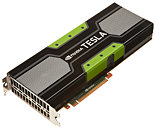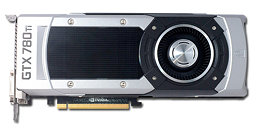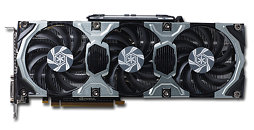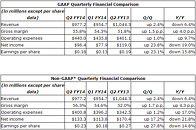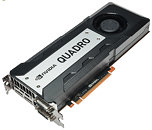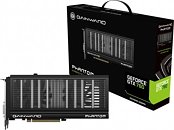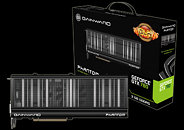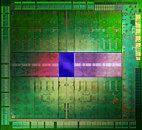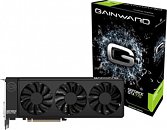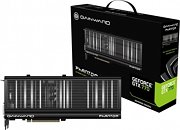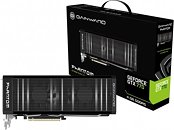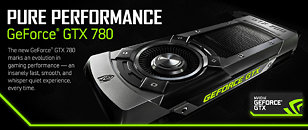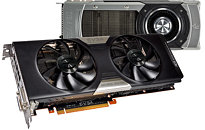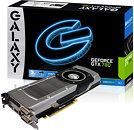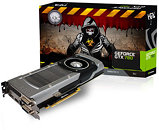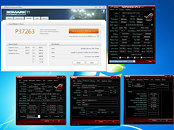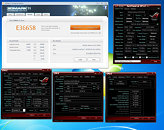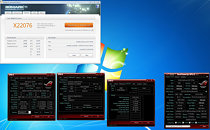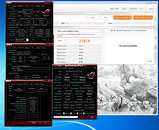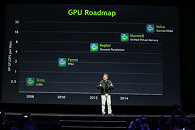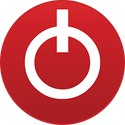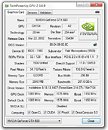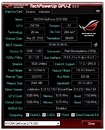
ASUS ESC4000 G2 Servers Support Tesla K40 GPU Accelerators
ASUS today announced that its world-leading ESC4000 G2 series server range now supports the next-generation NVIDIA Tesla K40 (Kepler) GPU accelerators.
ESC4000 G2 series ranks very highly in the world's high-performance computing (HPC) tables, claiming the number 59 spot in the November 2013 TOP500 - the definitive list of the world's most powerful commercially available computers. The ESC4000 G2-powered SANAM cluster put in an incredible performance to deliver total processing power of 532.6TFLOPS.
ESC4000 G2 series ranks very highly in the world's high-performance computing (HPC) tables, claiming the number 59 spot in the November 2013 TOP500 - the definitive list of the world's most powerful commercially available computers. The ESC4000 G2-powered SANAM cluster put in an incredible performance to deliver total processing power of 532.6TFLOPS.

